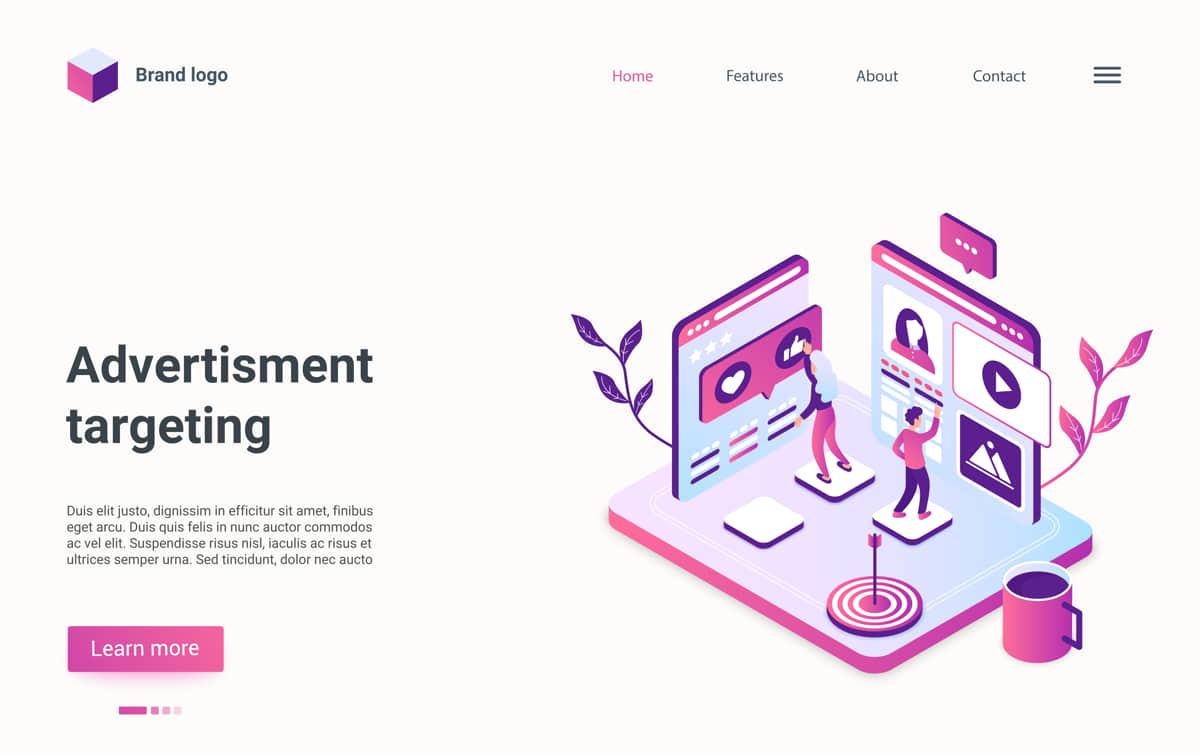
New Businesses are opening almost daily; just as some businesses are exiting the scene. Several others are doing what you do. And guess what? Your target audience is humans who can only take in so much information. So, how do you ensure that you are the first to come to mind whenever they think of the products or services you provide? Simple – you need a memorable brand identity.
Contents [show]
Table of contents
What is Brand Identity?
What’s the first thing that comes to your mind when you hear the word branding? Let me guess – logo? Nice try. But that’s not the whole truth. Your logo is an integral part of your brand, but not all of it. There is a lot more to branding than just a logo.
A lot of small businesses believe branding is slapping their logo on social media contents. Lol.
If you’ve ever gone for an interview and wondered what your interviewers think about you when you are no longer in there with them, then you should understand branding better. In the words of Amazon CEO and the richest man on earth, Jeff Bezos
Branding is what people say about you when you’re not in the room.
Jeff bezos
As many businesses all over the world try to get noticed by people, there is no denying the place of strong brand identity in the mix.

Photo by Josh Redd on Unsplash
And for a small business like yours, you need good branding to help your customers and prospects to remember you after first sight easily. You need a memorable brand identity.
Hubspot defined brand identity as
what your brand says, what your values are, how you communicate your product, and what you want people to feel when they interact it. Essentially, your brand identity is the personality of your business and a promise to your customers.
Importance of Brand Identity
1. Personality
Your brand identity is the visual representation of your brand personality and values. If you hope to evoke specific feelings about your brand in the minds of your customers, brand identity is your best bet.
Your brand identity is also an avenue to communicate the central message and goals of your business.
2. Differentiation
If e no be blue, e no fit be like blue is a line some of the 90’s babies will remember from one the famous Vicks Blue TV commercial. This, among others, was a brand identity with which Vicks Blue was able to differentiate itself from similar candy.
With a creative, unique and memorable brand identity, your brand can stand out among prospects and customers.
3. Consistency
This is especially important in this dispensation of digital marketing. You have to create and publish contents on different digital platforms, and to avoid confusing your audience; consistency is key.
Branding helps you to keep to the same styles and design elements across different platforms such that people can instantly recognize your brand, irrespective of the platform.
4. Awareness
A brand identity helps to make sure your marketing is not in vain as your unique brand would be in the faces of people each time you put out a campaign. This leads to more awareness of your brand.
5. Loyalty
Unique brand identity will help build customer trust and loyalty as it lets customers connect the product and the business behind it.
Here, How You Can Create that Memorable Brand Identity
So you understand now why you a brand identity is a must. That means you’re all set for what’s next – how to create a valid, unique, strong and memorable brand identity.
If Consumers constantly seek for specific information then, they may know more about what they want than we can imagine. Does your brand come to mind when consumers think of meeting a need specific to your category?
1. Research
You probably didn’t see this coming. I mean you know your brand, so what should be researching again, right? Well, your customers.
Remember Jeff Bezos’ definition of branding as “what PEOPLE SAY about you when you’re not in the room”… so it’s not about you, but the people. Your target audience. Your prospects. Your customers.
To develop the brand that would resonate with them, you have to start by knowing them. What do they like and dislike? What are their hobbies and values? Among others.
Now, that’s the first aspect of your research. Next is the second, which is competitor research. What are other businesses similar to yours doing that you can professionally adopt (copy)? Or better still, take from them and improve on it.
Conclude your research by getting inputs from your team members; small or big. They know the business (sometimes more than you the owner) and have also interacted with other brands. They sure have some essential inputs to make.
2. Get Your Branding Assets Ready
Here is the fun part. It’s time to convert all those research of yours into actual recognizable and unique branding assets.
Below is a list of some of the items to be included in your branding assets:
- Colour palettes
- Logo
- Graphics and photography
- Typography
- Iconography, and
- Style guide
We see different types of logos these days, and one just wonders what is going on. Your branding is something to be joked about. It should be a product of well-conducted research. That means it has to be done by a professional, and not just another “graphics designer”.
Here are the 3cs of branding that you must bear in mind:
- Consistency
This goes without saying, right? You don’t call it branding if the tone of voice differs on different platforms. While you can adapt to fit the different styles on various platforms, your branding has to stay the same across the board.
- Clarity
Your brand identity should be clear and easy to comprehend. You don’t want your customers thinking “hmmm, what are they trying to say?” This can only mean one thing – that your effort at branding failed.
- Commitment
Creating your branding assets is not the Alpha and Omega of your brand identity. The dream of all businesses is to start seeing their brands everywhere immediately after creation. But that rarely happens. You have to keep pushing for a while with commitment and dedication before the results begin to roll in.
3. Your Brand Story
Brand story – this is the reason why Apple and lots of businesses are as successful as they are today. Not necessarily because they provide the best solutions as there are others before and after them doing the same thing (or even better) but not getting results.
Apple came with the disruption story. They came to challenge the status quo. A story that easily resonated with anyone.
Here, Apple’s first-ever TV commercial to announce Macintosh
This ad sums up all that Apple stands for. This is Apple’s brand story. What’s yours?
While you think about it, ensure that your brand story provides an answer to each of the following questions:
- What does your brand believe in?
- What identified pain points is your product or service out to solve?
- How are you addressing these problems?
- Why did you choose to take on these problems?
- Where do you see your business headed?
Like Simon Sinek said in Start With Why
people don’t buy what you do, they buy why you do it”. Your brand story presents that opportunity to share your why so make good use of it.
Simon Sinek
4. Review, Refine and Iterate
It’s okay to work on your brand identity and make adjustments every once a while. In fact you can make an overhaul. We call it rebranding. We’ve seen that happen a couple of times. Uber, Airbnb, Mastercard all had to rebrand at some points.
However, you don’t change a winning team. If your brand identity is working for you, there is no point changing anything as you may get your fingers burnt in the process. Just as we have stories of successful rebranding, there are a lot more stories of unsuccessful rebranding.
Wrapping up
There you have your four major steps to a successful branding strategy. One take away you must not forget is the fact that branding is not a day’s job. It’s not even something you can say you’ve done in weeks or months. Especially if you are trying to build a brand that will stand the test of time. Usually, it takes years of commitment and consistency.
The best time you you could have invested in your brand identity was yesterday. The next best time is now. Really, you have no excuse no more.
























